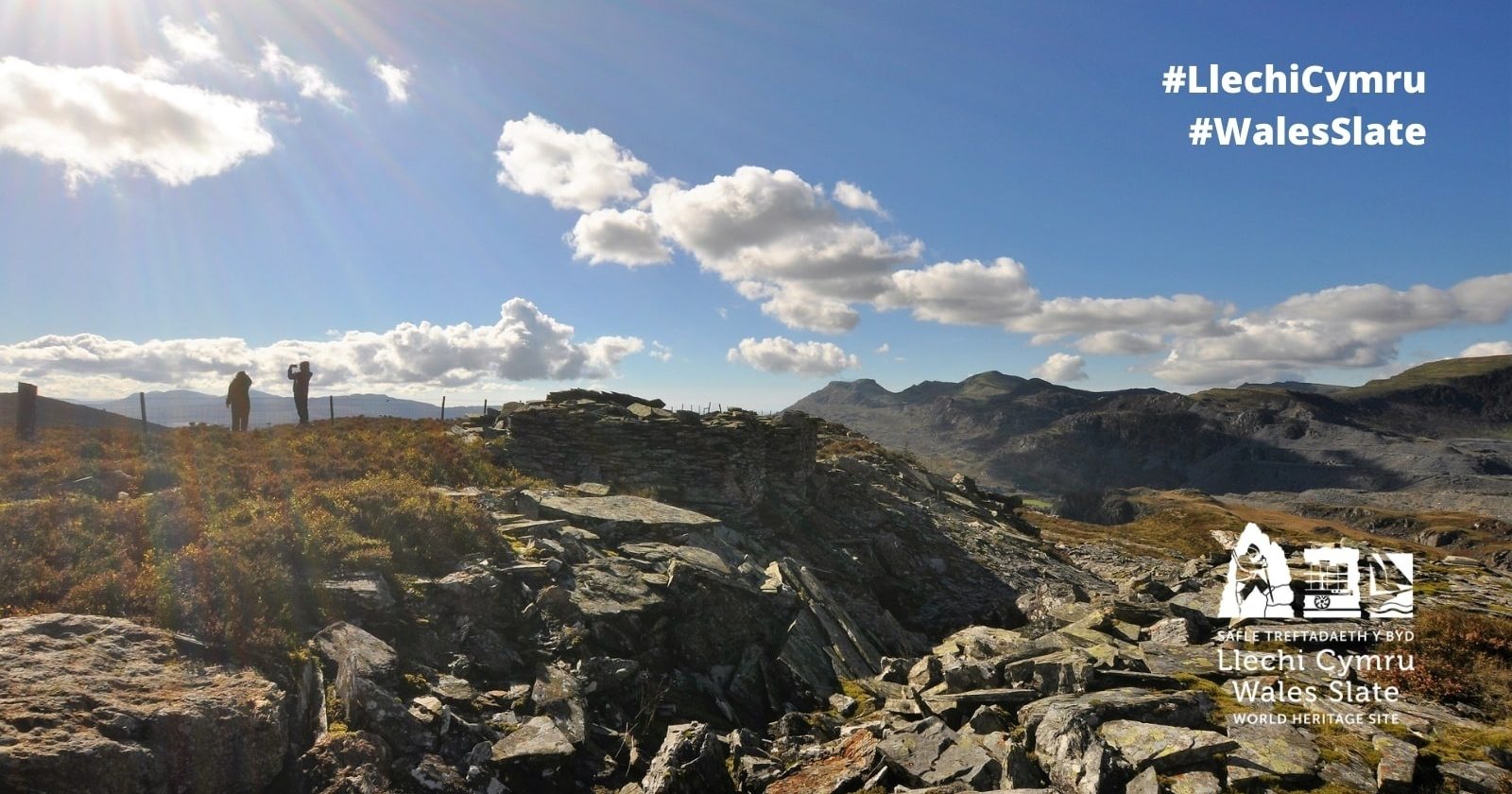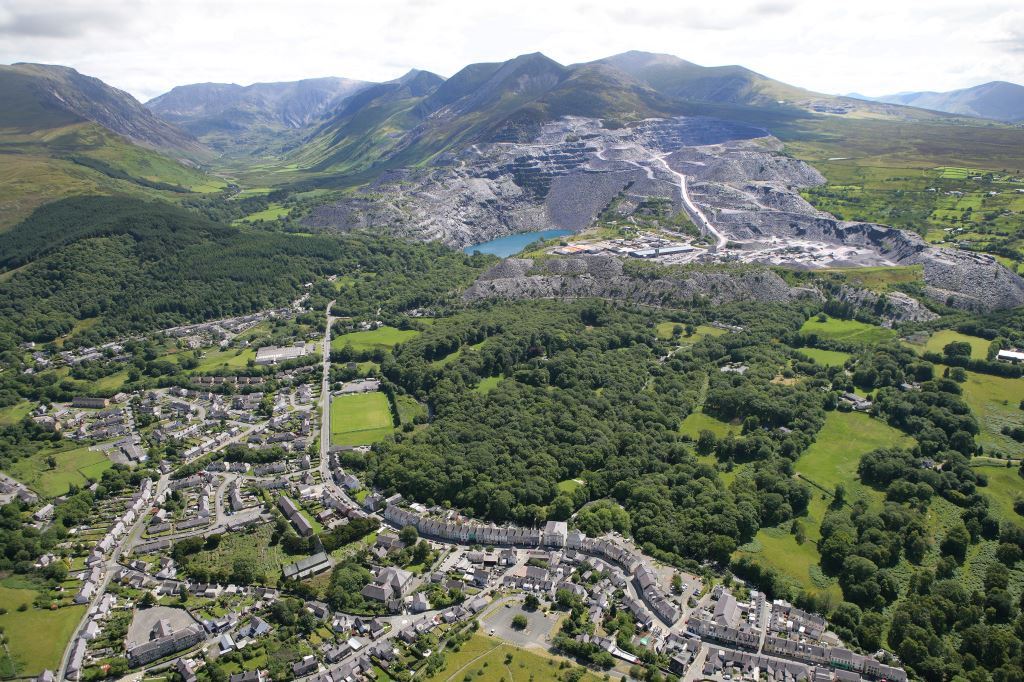Slate communities of Gwynedd added to UNESCO World Heritage site list

A bid to secure World Heritage status for the slate areas of Gwynedd has proved successful after receiving the backing of UNESCO.
A committee of the United Nations agency announced its final decision on the application at a meeting today, meaning several towns and villages in the county now have the same designation as the Grand Canyon and Great Barrier Reef.
The landscape has become the fourth UNESCO World Heritage Site in Wales and covers the communities of Dyffryn Ogwen, Dinorwig, Dyffryn Nantlle, Cwmystradllyn and Cwm Pennant, Ffestiniog and Porthmadog, Abergynolwyn and Tywyn.
It joins the Castles and Town Walls of Edward I at Caernarfon, Conwy, Beaumaris and Harlech, Blaenavon Industrial Landscape in south-east Wales; and Pontcysyllte Aqueduct and Canal near Llangollen on the list.
Gwynedd Council has said it hopes the move will result in regeneration and new jobs, although one language pressure group has claimed that such status would only add to an existing “over tourism” issue.
How the announcement of the successful UNESCO World Heritage Bid for the slate landscape of north west Wales was welcomed here in Llanberis. pic.twitter.com/eNw6EjBrXc
— Gareth Wyn Williams (@LDRMonGwynedd) July 28, 2021
Reacting to the announcement, First Minister of Wales Mark Drakeford said: “Today’s announcement recognises the significant contribution this part of North Wales has made to the cultural and industrial heritage not only of Wales, but of the wider world. Welsh slate can be found all over the world.
“The quarrying and mining of slate has left a unique legacy in Gwynedd, which the communities are rightly proud of.
“This worldwide recognition today by UNESCO, will help preserve that legacy and history in those communities for generations to come and help them with future regeneration.
“I’d like to thank and congratulate everyone who has worked so hard on this bid – it’s been a real team effort and today’s announcement is a credit to all those involved.”
The landscape – located in the mountains of Snowdonia – became the world leader for the production and export of slate during the 18th century.
While slate had been quarried in North Wales for over 1,800 years, it wasn’t until the Industrial Revolution that demand for slate surged as cities across the UK expanded to roof workers’ homes and factories.
By the 1890s, the area employed approximately 17,000 and produced 485,000 tonnes of slate a year.
As well as the international demand for Welsh slate, it was also home to significant innovative developments in quarrying and stone processing and railway technology for mountainous environments.

UK Government Minister for Wales David TC Davies said: “Achieving UNESCO World Heritage Status is a magnificent accomplishment and a great tribute to those who worked in these slate mines.
“I’d like to commend everyone involved for their commitment to ensuring Wales’ slate mining heritage and the role this region has played for 1,000 years receive the global recognition they richly deserve.”
Today’s landscape has been transformed on a monumental scale due to hundreds of years of mining in the area.
The industry had a considerable impact on global architecture and urbanisation in Europe and North America, with Welsh slate used on several buildings, terraces and palaces across the globe.
This included Westminster Hall, the Royal Exhibition Building, Melbourne Australia and Copenhagen City Hall, Denmark.
The inscription also celebrates the unique cultural traditions of the area, including Welsh quarrymen, their slate-working skills, alongside the precise use of the Welsh language in their craftsmanship.
The inscription reflects this by including workers settlements with their characteristic chapels and churches, band-rooms, schools, libraries and meeting places that introduced and reflected new forms of social organisation.
Interview with @fmwales following the successful @CyngorGwynedd led bid for UNESCO World Heritage Site status. #LDReporter pic.twitter.com/YGRoII6iIE
— Gareth Wyn Williams (@LDRMonGwynedd) July 28, 2021
Lord Dafydd Wigley, Chair of the Wales Slate Partnership Steering Group, said: “I am thrilled by this decision by the World Heritage Committee and welcome our inscription on behalf of all our partners, landowners, communities and businesses.
“Partners have worked tirelessly over more than a decade to reach this important milestone, and we will now need to strengthen our cooperation to ensure that we deliver for the people, communities and businesses of the slate areas.
“This inscription is a celebration of Gwynedd roofing the world, our unique language, culture and communities and how we exported people, technology and slate to the four corners of the world.”
Councillor Dyfrig Siencyn, Leader Gwynedd Council, said: “The legacy of the quarries remains extremely evident around us from the striking landscape, the industrial buildings and steam railways to our villages and towns.
“Not only is the influence of the quarrying industry visible, but its heritage is still heard strongly in the language, traditions and rich histories of these areas.
“Our aim is to celebrate this heritage and landscape and recognise their historic and industrial importance to humankind – in order to create opportunities for the future.”
Spotted something? Got a story? Send a Facebook Message | A direct message on Twitter | Email news@north.wales





